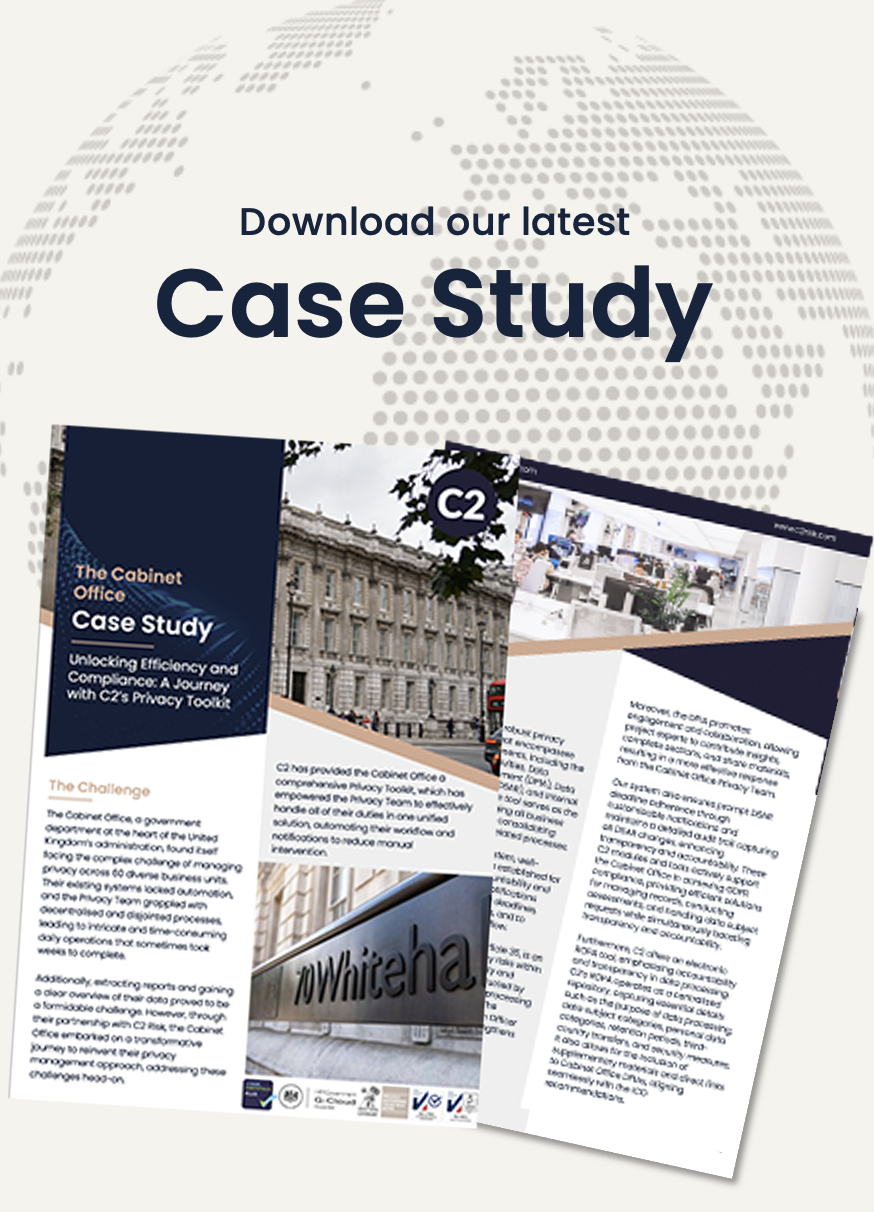Two key focuses when it comes to Vendor Risk Management

Two key focuses when it comes to Vendor Risk Management
The increasing exposure of software supply chain vulnerabilities through cyberattacks has brought renewed focus on third-party risk management programs, as well as the tools used to oversee them.
According to KPMG, 73% of organisations have experienced at least one significant disruption from a third-party cyber incident within the last three years. And with breaches involving third parties costing businesses more than $4.29 million on average – investment in vendor risk frameworks is increasing at a rapid rate.
Not only has this influx in breaches caused greater awareness and regulation from governments but it’s also encouraged greater data hygiene practices within businesses. Good data hygiene is about creating a culture where data protection is a priority and a collaborative effort, both within an organisation and its people but also externally through third-party vendors and their ecosystem of partners.
The challenge we often see is that many organisations are seeking greater vendor risk transparency too late in the game. Historically, Vendor Risk Management (VRM) was implemented due to compliance needs but this has evolved with more and more businesses benefiting from greater data hygiene throughout their supply chain.
A business looking to mitigate vendor risks needs to ensure they have an end-to-end view of their supply chain, a cause for businesses to implement stronger and scaled vendor risk management solutions.
Before implementing a vendor risk management solution, you first need to understand the approaches you need to cover to ensure you have a full proof risk management tool:
Inside-out view:
- An inside-out view of your Vendor risk, looking at each vendor and establishing what are the existing policies they have in place. What compliance regulations are the following? This involves asking the vendors each question and then your internal analyst verifying this.
Outside-in view:
- Scanning policies from the outside, is your vendor doing what they say? How efficient are their processes? Are they getting their vulnerabilities resolved in 30 days or are they taking 45 – 60 days? Here you can understand the levels of risk your vendors are posing. Within this process, you should also understand what attacks have occurred within this vendor and how successful where the attackers were.
Attack Surface Review:
- This approach is becoming increasingly popular in recent years and involves researching whether data can be or has been found/compromised out in the public domain, or has data been stolen from this vendor by a third party which could impact your business.
The first two approaches here are proactive, ensuring you have complete knowledge of your vendor risk before partnering and the latter is ‘after the fact’ – consistent monitoring so you’re in constant knowledge of risks and in the know of a data breach to your supply chain.
While there are tools for each that a business can implement, this can cause headaches to implement and run with your existing processes. The solution is having a Vendor Risk Management platform which covers all three elements while providing automation for each, Providing you with seamless monitoring and analysis, even with little resource and engagement – the result is a great return in the knowledge and understanding of your supply chain risk and greater trust and verification.
Automation is key
When automation is used within vendor risk management, businesses can greatly reduce their cybersecurity risk, improve information security and scale at a quicker rate than ever before.
Historically, vendor risk analysis was a heavily manual process, requiring multiple analysts to frequently assess and review each vendor. Now, thanks to machine learning this process of verification and analysis can be completed automatically, quickly establishing what percentage of compliant a vendor is, identifying where improvements need to be made and verifying if these have been carried out and can then repeat the process to ensure risk is always management and mitigated.
Providing a cost-effective solution, as fewer resources are required, change is made and monitored automatically.
Shifting left with Vendor Risk Management Technology
The scale and capabilities of vendor risk management platforms also allow businesses to begin vendor analysis at a much earlier stage.
Historically, organisations would begin risk assessing at the contract signing stage, but with assessments often taking days or weeks to complete this would delay work starting. With an effective VRM solution, businesses can introduce short initial vendor assessments at the RFI stage.
This allows businesses to shift left when it comes to implementing greater security measures, ensuring the trust of a vendor is there from the outset and in turn reducing the onboarding time for new vendors.
ESG
Third-party environmental, social and governance (ESG) risk assessments are an important way to ensure that your company works with partners that share its values. While ESG risks aren’t new, legislation is becoming more aggressive, for example, the UK Modern Slavery Act requires organisations to publish annual statements detailing the steps taken to ensure that modern slavery is not taking place both within the business and across their supply chain.
An organisation needs to ensure its vendor risk management process incorporates an ESG strategy. Organisations need a robust and agile framework that delivers a holistic view into the extended enterprise and can deliver automated ESG assessments and continuous monitoring of information across the organisation and its relationships.
Additionally, incorporating ESG considerations into vendor risk management processes requires education and training on these issues. By investing in education and training for all stakeholders involved in the supply chain, businesses can improve their overall vendor risk management strategy and achieve greater success in mitigating risks.
Conclusion
In conclusion, effective VRM is critical to every organisation, particularly in reducing risks and protecting against the high cost of third-party cyber incidents. An end-to-end view of the supply chain is essential for mitigating risks, and automation and education are crucial tools in scaling VRM solutions. By adopting a comprehensive and agile VRM framework, businesses can gain greater trust, verification, and security for themselves and their partners.
Book a demo of our platform to learn more about how to manage your supplier risk and compliance today.
About C2
C2 is a UK risk management scaleup on a mission to help businesses survive and thrive in the digital economy. C2 helps organisations manage security and compliance in a way that’s unique to their business and that does more than simply ticking off digital checkboxes. C2’s industry-leading platform supports the public and private sectors in managing their threat landscape and improving vendor controls, project, privacy, and ESG risks.



